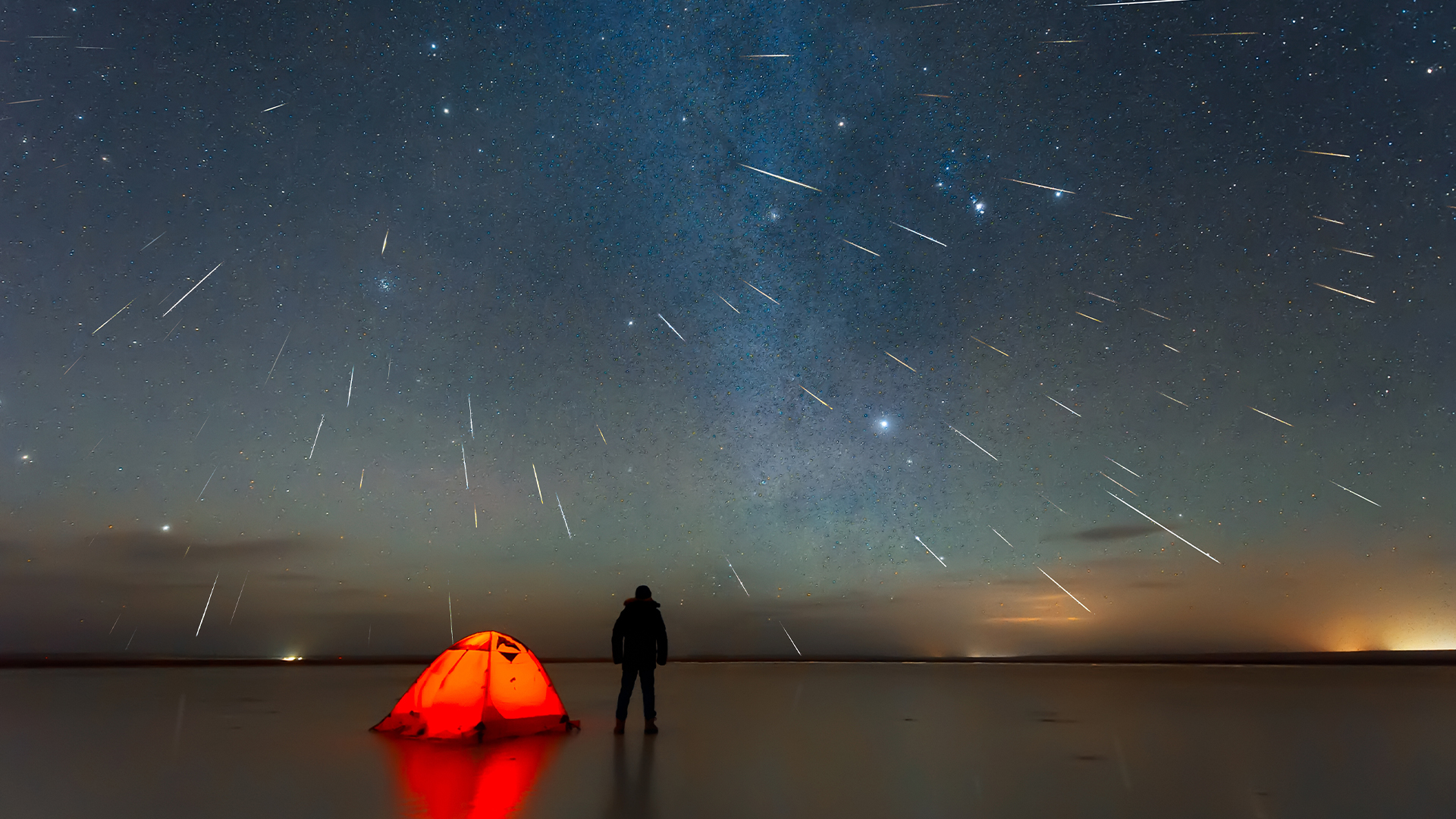When you purchase through links on our situation , we may pull in an affiliate mission . Here ’s how it crop .
Two meteor expert are predicting that century of meteoroid will grace the skies tonight ( Nov. 21 ) in a rare case recognize as the " unicorn " meteor rain shower .
The alpha Monocerotid meteoroid shower happen every twelvemonth between Nov. 21 and Nov. 23 , but it typically lights up the sky with only a mates of meteors . It is on the side dub the " unicorn " shooting star shower because it can be seen in the night sky near the unicorn configuration , or Monoceros , harmonize to CNN .

Thesemeteorsoriginate in the rubble trail from an unsung long - full point comet , or a comet that take over 200 years to travel one time around the sun . Once in a while , this mysterious comet ’s trail of dust gets extra close to Earth ’s orbit and can create a bunce of meteor , NASA ’s Ames Research Center scientist Peter Jenniskens and the Finnish Fireball connection ’s Esko Lyytinenwrote in a short technological paper . And conditions are right for just such a bumper craw of meteors to show up tomorrow , they read .
Related : Dazzling Draconids : Photos of a Meteor Shower
Because the dust lead lingers for a while near Earth ’s orbit , such flare-up of meteoroid are at least potential for the next few centuries , the experts wrote . Even so , the comet ’s track only seldom gets tight enough to Earth to create this spectacular exhibit . The only other sudden outburst occurred in 1925 , 1935 , 1985 and 1995 .

This twelvemonth , the comet ’s track is secretive enough to create a meteor shower bath exchangeable to the one in 1995 , Jenniskens and Lyytinen wrote . If they ’re right-hand , skywatchers may be able to glimpse from 100 to more than 1,000 meteoroid total in tonight ’s sky . The peak of the outburst will in all probability last for only about 15 transactions but could potentially last up to 40 minutes .
That gush is expected to occur at 11:50 p.m. EST ( 4:50 GMT ) tonight , but observers should start look out for potential meteor set out at about 11:25 p.m. EST ( 4:50 GMT ) , the experts write .
Those living in South America , easterly North America , Western Europe and northwestern Africa will have the best opinion , according to CNN . What ’s more , the lunar month has kindly beget out of the way to make the view extra good . Tonight ’s crescent moon will smooth relatively small light to drown out the spectacular sky show .

" There is a good chance to observe a dead - last tumultuous disturbance , " the experts wrote . " Anyone who is going to try on to observe should not be late at all . "
primitively publish onLive Science .













